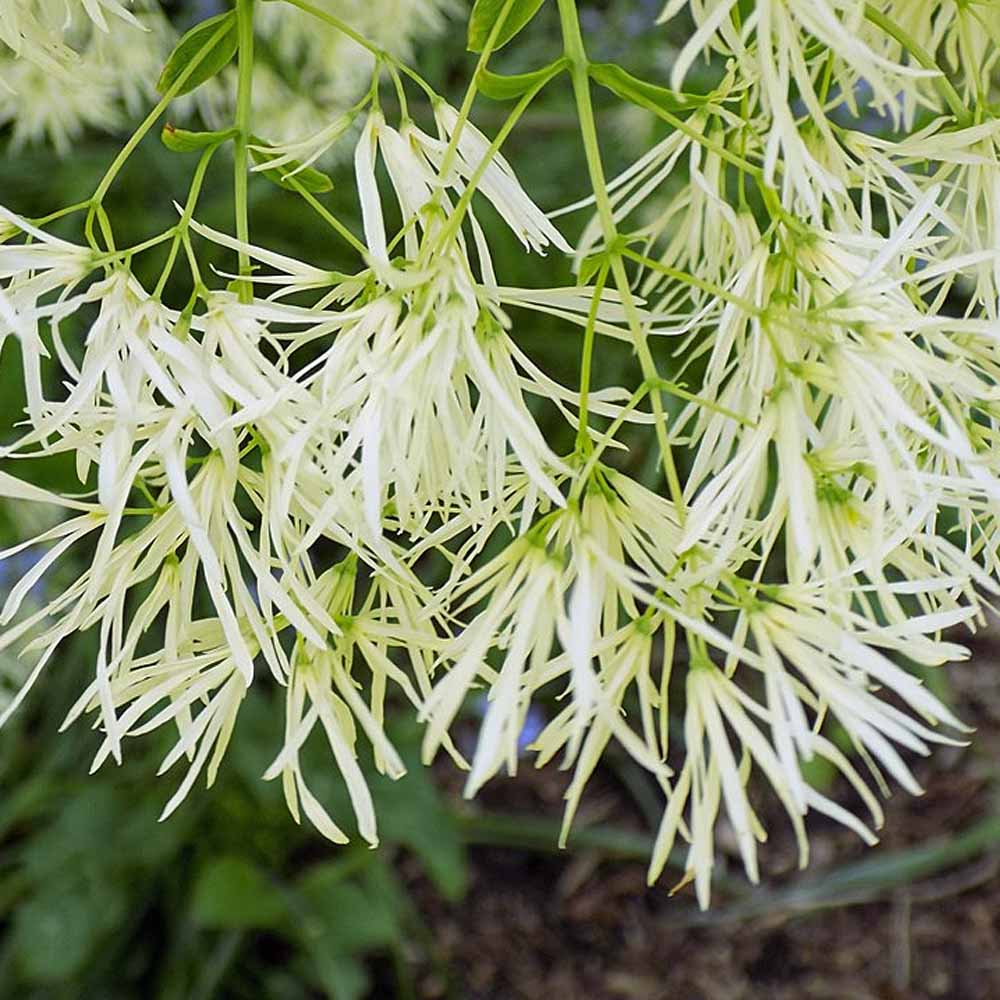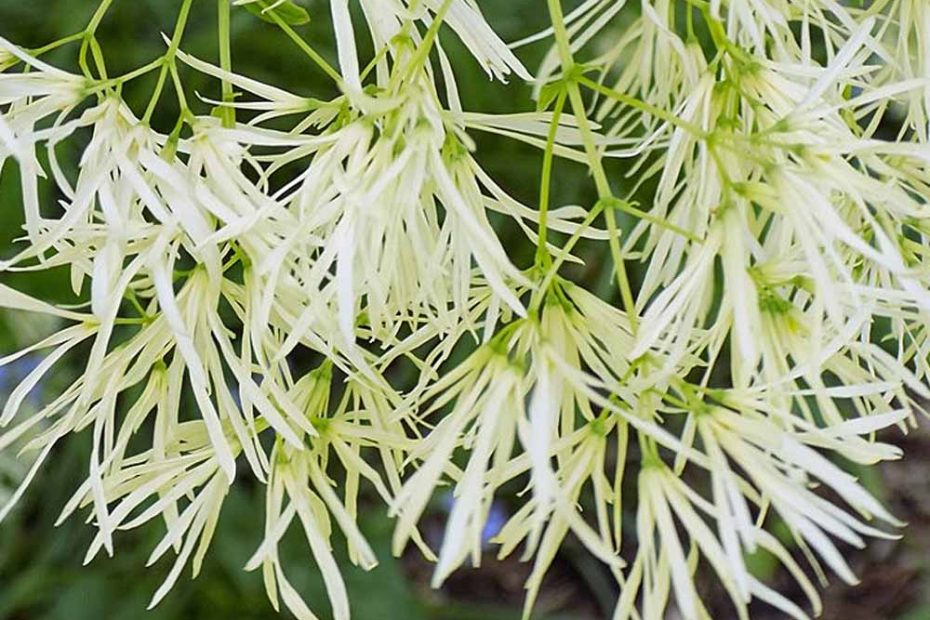Do Fringe Trees Attract Butterflies? Exploring Their Butterfly-Attracting Abilities
Attract Butterflies To Your Garden With A Butterfly Puddle
Keywords searched by users: Do fringe trees attract butterflies fringe tree fruit edible
What Tree Attracts The Most Bees?
If you’re wondering which tree species are most attractive to bees, it’s essential to consider their flowering times. Several tree species stand out for their ability to draw in bees due to their abundant pollen and nectar production, crucial for sustaining these important pollinators. Among these species, the following trees are notable, listed in order of their flowering times throughout the year:
-
Willow: Early in the year, willow trees burst into bloom, offering bees a rich source of nectar and pollen as one of the first signs of spring.
-
Maple: As spring progresses, maple trees follow suit, providing bees with ample resources to forage on.
-
Horse-Chestnut: In late spring, horse-chestnut trees come into flower, continuing the supply of essential food for bees.
-
Acacia: As summer approaches, acacia trees bloom, serving as a significant source of nectar and pollen.
-
Linden: Finally, linden trees flower in the summer, making them a valuable late-season resource for bees.
Understanding the flowering times of these tree species can help beekeepers, gardeners, and conservationists support bee populations by ensuring a continuous supply of food throughout the year. Bees play a crucial role in pollinating various plants, making their well-being essential for ecosystems and agriculture alike.
What Is The Common Name For Fringe Tree?
The common name for the fringe tree is derived from its distinctive white, fringe-like flowers that grace its branches in early spring. Its botanical name, Chionanthus, originates from the Greek words “chion” and “anthos,” which collectively mean “snow flower,” a reference to the tree’s snowy-white blossoms. Additionally, the specific epithet “virginicus” signifies its association with the state of Virginia. This unique tree is also known by various other names, including “old man’s beard,” “Grancy graybeard,” “grandsie graybeard,” and, of course, “fringe tree.” These names collectively capture the essence of this beautiful and visually striking tree.
How Do You Grow A Fringe Tree From Seed?
To successfully cultivate a fringe tree from seeds, you’ll need to follow a few essential steps. Begin by thoroughly cleaning the fruit pulp from the seeds, ensuring they are free from any residue. Next, choose the ideal time for planting, which is during the fall season. Dig a small hole approximately 1/2 inch deep in a carefully prepared bed of well-draining soil. This will provide a suitable environment for the seeds to take root.
One important aspect to note is that fringe tree seeds require a period of cold stratification to mimic the natural conditions they would experience in the wild. During the winter months, the seeds should be exposed to chilly temperatures, which is crucial for their future growth.
To keep track of your planting efforts, it’s advisable to mark the seedbed or keep a gardening journal. Be patient, as fringe tree seeds typically won’t germinate in the following spring but rather the spring that follows after that. This means you may need to wait for approximately two years before you see signs of growth from your fringe tree seeds.
So, remember to plan ahead and be patient in your gardening journey, and you’ll soon enjoy the beauty of a flourishing fringe tree in your outdoor space.
Discover 28 Do fringe trees attract butterflies



Categories: Update 74 Do Fringe Trees Attract Butterflies
See more here: qua36.com

Fringe tree (Chionanthus virginicus) produces white flowers in April and May and attracts butterflies and bees. It also is a host.In order of flowering time, a few excellent species are willow, maple, horse-chestnut, acacia and linden. These trees provide high levels of pollen and nectar that bees need for their existence.Chionanthus is from the Greek words chion and anthos, which mean “snow flower” in reference to the white flowers; virginicus means “of Virginia.” Fringe tree is from the white, fringe-like flowers that bloom in early spring. Other names include old man’s beard, Grancy graybeard, grandsie graybeard and fringe tree.
Learn more about the topic Do fringe trees attract butterflies.
- Use plants that will attract pollinators to your garden
- Trees for bees; the right honey plants for every project.
- fringe tree – Bernheim Arboretum and Research Forest
- How to Plant and Grow White Fringe Tree – Better Homes & Gardens
- Chionanthus virginicus (White fringetree) | Native Plants of …
- Are Some Plants Toxic to Bees? – Carolina Honeybees
See more: https://qua36.com/category/cooking blog
